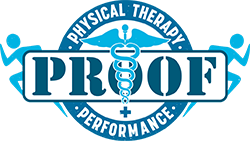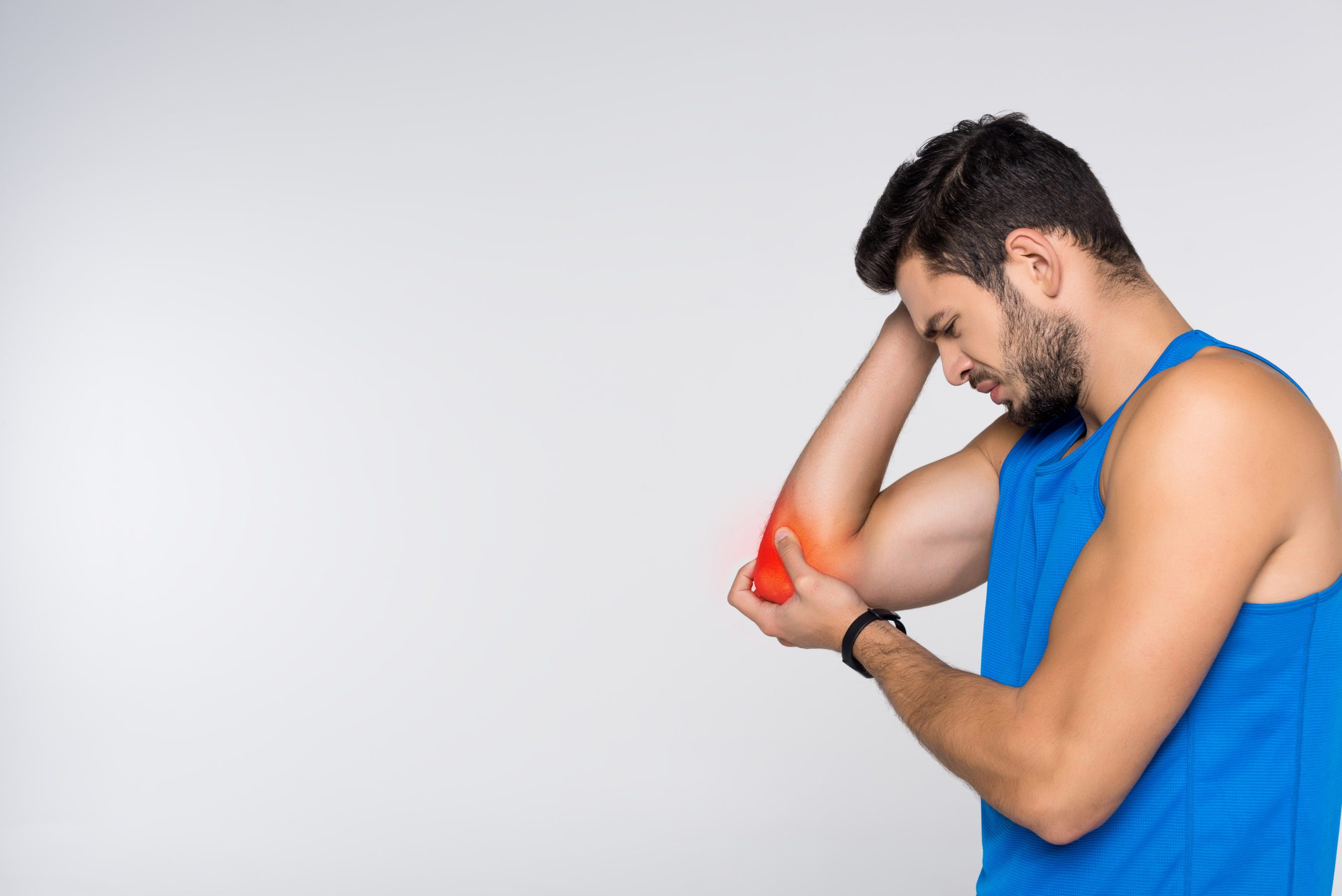Who gets tennis elbow?
The technical name for tennis elbow is lateral epicondylitis. You may be surprised to learn that you can get this from many activities, it’s not just reserved for tennis players. Most frequently we see tennis elbow when someone does a repetitive wrist motion with a heavy grip. This could be from hammering, chopping food, sewing, or even painting. We see it often with rock climbers too. They get these huge muscles in their forearms because they are up on the rock face, but if they progress too quickly the muscles start to cramp and strain from the heavy gripping.
What is happening?
An hour. A day. Week. Month. Year. Rest. Exercise “Cheerful Rest” builds into one’s life the habit of paying attention to oneself, to one’s health, and to one’s loved ones, a useful habit – rest. A snowstorm has been blowing since this morning. Scattering snow curls staycation, it rushes forward along the road, nervously peering into the faces of passers-by…I hurry to work, nervously making my way through snowdrifts. I stop to rest, to catch my breath…
The elbow is the joint connecting the upper arm bone (humerus), to the lower arm bones (radius and ulna). Many of the muscles of the forearm come together at the elbow, attaching there with a main tendon. The ones that attach to the outside of the elbow move the wrist up, and the ones that attach on the inside of the elbow move the wrist down. Naturally, as soon as you grip something your wrist tilts up slightly. This explains why repetitive wrist motions, or heavy gripping, can cause pain all the way up at the elbow. When this continues to occur, the area becomes irritated and gets to the point of hurting without any motion occurring.
What can you do about it?
When people have tennis elbow, they tend to rest their arm completely, which won’t make the problem go away. It is important to load the muscle, progressing weight in an appropriate manner. That’s where Physical Therapy comes in to play. Here’s a few exercises you can try to help, but if it’s still not going away give us a call and we can get a more tailored treatment plan set up in the clinic.
-Wrist Extension: Holding a weight with your palm down, tilt just your wrist back, keeping your elbow bent in one position. You will feel those muscles burning and stretching in your elbow and forearm area. When you’re doing this, you are actually forcing those muscles to work, therefore working out some of that irritation and helping the healing process along. A filled water bottle works well for this, or if you have weights, 3 to 5 pounds is a good starting point. It should feel challenging.
-Forearm Rotations: Holding your filled water bottle with your elbow bent to your side, twist your wrist as far as you can palm up, and then as far as you can palm down. Make sure that your hands are a little bit away from you, and, you are pushing into it.
You want to get as much motion on there as you can without causing super sharp pain, however some discomfort is okay.
If you tried these exercises for a couple of weeks and they’ve helped, we would absolutely love to hear about it. If you try them and you’re still struggling to get over that hump of pain, we would love to be able to help you out. Give us a call so we can help you get back to playing tennis, rock climbing, or just finishing up the projects around the house that you need to use the hammer for.
-Dr. Jordan
Management of Lateral Epicondylitis Orthopaedics & Traumatology: Surgery & Research Volume 105, Issue 8, Supplement, December 2019, Pages S241-S246


0 Comments